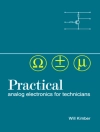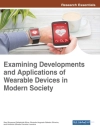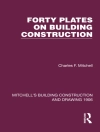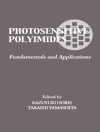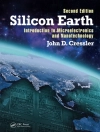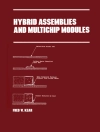With growing concerns surrounding the impact of climate change on both native and invasive pest invasions, coupled with the rising threat of global food insecurity, more research is required to understand the major insect pests of cereals, including how best to control and monitor them.
Advances in understanding insect pests affecting wheat and other cereals provides a comprehensive review of the wealth of research that addresses this challenge. This collection discusses the most recent developments in fundamental and applied research on major pests and shows how better understanding of these pests can be used to improve integrated pest management strategies.
Table des matières
Part 1 Foliar feeding pests
- 1. Cereal leaf beetle (Oulema melanopus): Edward W. Evans, Utah State University, USA;
- 2. Grasshoppers and other orthopteran pests: Robert B. Srygley, Pest Management Research Unit, Northern Plains Agricultural Research Laboratory, USDA-ARS, USA;
Part 2 Gall midges and stem feeding pests
- 3. The Hessian fly: a destructive pest of wheat and barley: Ming-Shun Chen, Hard Winter Wheat Genetics Research Unit, Center for Grain and Animal Health Research – USDA-ARS, USA; Nida Ghori, Kansas State University, USA; and Guihua Bai and Xuming Liu, Hard Winter Wheat Genetics Research Unit, Center for Grain and Animal Health Research – USDA-ARS, USA;
- 4. Wheat midge (Sitodiplosis mosellana): management in the Northern Great Plains of the United States and Canada: Govinda Shrestha, Oregon State University, USA; and Gadi V. P. Reddy, Southern Insect Management Research Unit, USA;
- 5. Wheat stem sawfly (Cephus cinctus Norton): David Weaver, Montana State University, USA;
Part 3 Phloem feeding pests, mites and root feeding pests
- 6. Russian wheat aphid (Diuraphis noxia): an overview: Vicki L. Tolmay, Agricultural Research Council – Small Grain Institute, South Africa;
- 7. Greenbug (Schizaphis graminum): an overview: Tom A. Royer, Oklahoma State University, USA;
- 8. Greenbug-wheat interactions, pest management and host resistance: L. A. Crespo-Herrera, International Maize and Wheat Improvement Center (CIMMYT), Mexico; J. Huerta-Espino, Instituto Nacional de Investigaciones Forestales Agrícolas y Pecuarias, Mexico; and R. P. Singh, International Maize and Wheat Improvement Center (CIMMYT), Mexico;
- 9. Fescue aphid (Metopolophium festucae): Sanford D. Eigenbrode and Subodh Adhikari, University of Idaho, USA; and Arash Rashed, Virginia Tech, USA;
- 10. The English grain aphid Sitobion avenae: Deguang Liu, College of Plant Protection, Northwest A&F University, China;
- 11. Wheat curl mite ecology and epidemiology of its associated wheat viruses: Gary L. Hein, Anthony J. Mc Mechan and Lindsay Overmyer, University of Nebraska-Lincoln, USA;
- 12. Advances in managing wireworms in cereal crops: challenges and future directions: Arash Rashed, Virginia Tech, USA; and Erik J. Wenninger, University of Idaho, USA;
Part 4 Emerging issues
- 13. Recent invasions of insect pests of wheat and sorghum: Michael J. Brewer and Blake H. Elkins, Texas A&M Agri Life Research, Texas A&M University, USA;
- 14. Biotechnology for wheat crop protection: potential and challenges: Anna-Maria Botha, Stellenbosch University, South Africa;
- 15. Online decision support systems, remote sensing and artificial intelligence applications for wheat pest management: Daniel J. Leybourne, Leibniz University Hannover, Germany and RSK ADAS Ltd, UK; Mark Ramsden and Sacha White, RSK ADAS Ltd, UK; Rujing Wang, He Huang and Chengjun Xe, Institute of Intelligent Machines, Chinese Academy of Sciences, China; and Po Yang, University of Sheffield, UK;
A propos de l’auteur
Dr Arash Rashed is Associate Professor in the College of Agriculture and Life Sciences and Director of the Southern Piedmont Agricultural Research and Extension Center, Virginia Tech, USA. He is well known as an expert in the ecology of insect-borne plant pathogens and integrated pest management. He has made significant contributions to our understanding of zebra chip disease ecology and management, as well as managing important subterranean pests such as wireworms in organic and conventional production systems.


